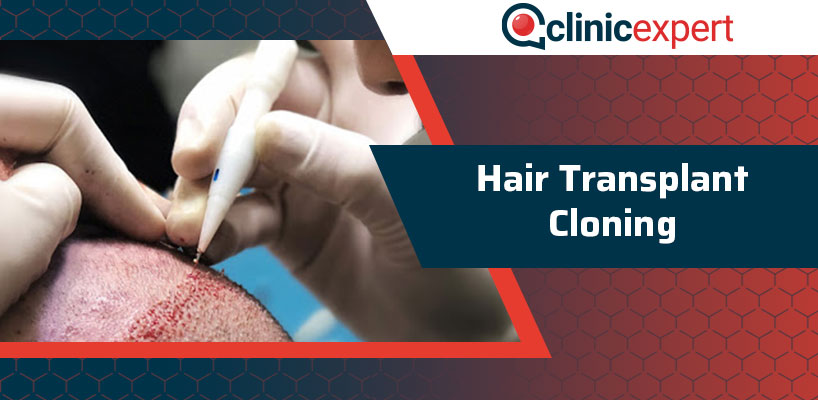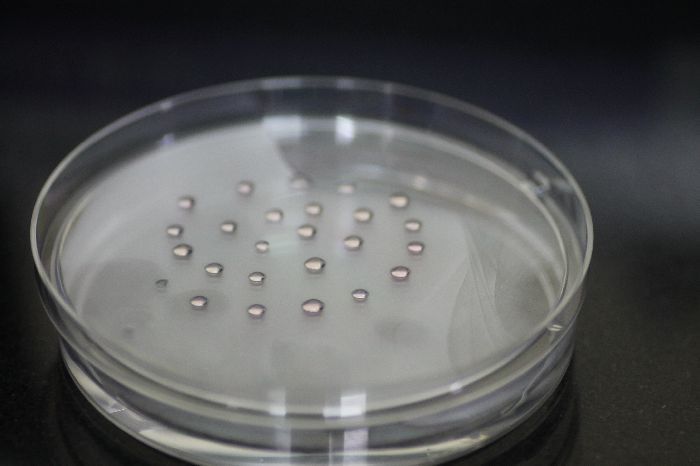Hair Cloning Los Angeles Hair Transplantation & Restoration Dr Behnam
Table Of Content

Kemp is the co-founder and chief executive officer of HairClone, a company that is developing an experimental cell therapy treatment for male pattern baldness and whose tagline is “making hair loss history”. California Hair MD is a boutique practice with a focus on individualized patient care. We intentionally keep our practice small to enable us to provide each patient with a personalized treatment experience. We want our patients to play an active role in their care and have access to our doctors.
Drugs & Supplements
Orange County Hair Restoration and Dr. Ken Williams offers a variety of hair loss treatments for hair loss in men and women. He is an expert in the FUE hair transplant procedure as well as the strip hair transplant procedure. Since hair cloning is a relatively new technology, the long-term effects are not yet known. Researchers will need to conduct long-term studies to ensure that the procedure does not have any unforeseen side effects or risks.
Hybrid methods
Hair multiplication, on the other hand, is when a hair follicle is removed and cut into multiple pieces, which are then transplanted into the patient’s thinning areas. The hope is that the germinative stem cells at the base of the hair that are still attached when the hair is removed will help generate a new follicle. One of the main concerns with hair cloning is ensuring that the cloned hair follicles can integrate properly with the patient’s scalp and produce healthy, natural-looking hair. If the cloned follicles do not integrate properly, it could result in unnatural hair growth patterns or poor hair quality.
Womens Hair Cover-up
Today's options for hair growth have gone through a major evolution since 1952 when hair transplantation surgery was first pioneered. For more information on hair loss and treatments, continue exploring our website. You might find our article on how to reverse male pattern baldness naturally particularly interesting. Another concern is the potential for adverse reactions to the procedure. As with any medical procedure, there’s always a risk of infection, inflammation, or allergic reactions.

Male pattern baldness affects around 85% of men by the age of 50 and losing hair can be a source of anxiety and low self-esteem. There are drugs that can slow hair loss, transplants to redistribute hair around the head, or strategic hairstyles to disguise receding hairlines and bald spots. Accepted treatments that exist include medications, laser, and hair restoration surgery, Young added. The most common treatments for male pattern baldness include medications like minoxidil — commonly known by the brand name Rogaine — and finasteride, which goes by the brand name Propecia. PRP and Amniotic Tissue therapy was originally used to speed up the healing process for injuries.
"The history of hair transplantation is not much different than that of cardiac surgery," he says. "First there was the coronary bypass surgery and hundreds then thousands of doctors started doing them and pretty soon the operation evolves and moves forward," he says. Stimulate growth safely and comfortably with FDA-PROVEN (LLLT) LASER THERAPY CAP. Hair Transplant Surgeon, Dr. Vikram Jayaprakash and Dermatologist, Dr. Russell Knudsen speak about how hair loss happens and why a laser cap is their preferred laser hair therapy device to help restore hair growth.
12 Best and Cheapest Countries for a Hair Transplant - Yahoo Finance
12 Best and Cheapest Countries for a Hair Transplant.
Posted: Mon, 28 Aug 2023 07:00:00 GMT [source]
Looking to the future, bioengineered hair — or hair cloning, as it's more commonly referred to — was by far the top innovation named by the experts we spoke with as the one to watch. In recent years, scientists have discovered that baldness has its origin in the loss of specialised skin cells, called dermal papillae, that line the base of hair follicles. These cells are crucial for regulating hair thickness, growth, texture and possibly even colour. But in some men, these cells are progressively killed off by dihydrotestosterone, the hormone that causes the male body to mature during puberty.
He says, "I envision a time when the surgeon can harvest a few hairs from a person, send it to a company for expansion into thousands of grafts and then plug those grafts into a machine that would perform the transplant." A magic elixir to treat baldness "may not be that far off if we extrapolate from existing drugs like Propecia and keep going," Orentreich says. "I am pretty confident that with further work, a medication will come along that will be so good and safe that we will be doing fewer transplants."
However, since hair cloning involves using the patient’s own cells, the risk of rejection or allergic reactions is expected to be low. For instance, hair replacement systems offer a non-surgical solution for those seeking immediate results. Basically, it’s still early days for this potential hair loss treatment. The closest we have come currently is through a company called Stemson Therapeutics in 2019, when they released information about the successful growth of human hairs from implanted dermal papilla cells in mice. Among mammals, hair follicles are typically produced in embryos as a result of interactions between skin cells and connective tissue. Koehler’s lab makes hair shafts in an entirely different way—by growing organoids.
When the scientists genetically manipulated the stem cells to produce more miR-205, they said the result was hair growth in mice both young and old. Where the method is unique is that only part of the follicle is removed. The rest remains in place, where it regenerates and grows out new hairs in the donor area. The result is that multiple transplants are possible drawing hairs from the same donor area. This process leads to an increase in the total number of healthy follicles on the head.

If you’re struggling with hair loss and looking for a solution now, there are both surgical and non-surgical treatments available today. There are two innovations getting buzz on the cusp of finishing clinical trials overseas. First, there's a drug called FOL-005 that's being developed for men by the biotech company Follicum. It features osteopontin, a protein in hair which may stimulate or inhibit hair growth, depending on the derivative (Follicum claims to have isolated a stimulating one). It has been studied in injections and is now being looked at in topical form.
While hair cloning is still in its experimental stages, the researchers and companies working on this technology are taking safety very seriously. They are conducting rigorous testing and trials to ensure the safety and effectiveness of the procedure. However, as with any medical procedure, there will be some risks, which will need to be thoroughly understood before the procedure becomes widely available. In the next section, we’ll discuss the potential side effects and safety of hair cloning. If you’re concerned about the safety of this promising treatment, [continue reading](#Potential Side Effects and Safety of Hair Cloning).
Regardless of the particular technology used, there is a fundamental difference that sets apart all hair multiplication technologies from the hair transplants already available. Once isolated, the stem cells are then re-introduced to the body for more localized treatments. Some offices may treat patients with local treatments in the knee, shoulder and other joints. Finasteride, an FDA-approved oral medication, is commonly prescribed to treat male pattern baldness.
Hair cloning, also known as hair multiplication, is a cutting-edge technology that promises to revolutionize the field of hair restoration. It involves extracting healthy hair follicles from a patient, multiplying them in a lab, and then implanting them back into the patient’s scalp. This innovative procedure has the potential to provide a permanent solution to hair loss, making it a beacon of hope for those struggling with baldness. While these advancements are exciting, it’s important to note that hair cloning is still in the experimental stages. The process of cloning hair follicles and ensuring that they can produce healthy, natural-looking hair is complex and still being perfected.
Comments
Post a Comment